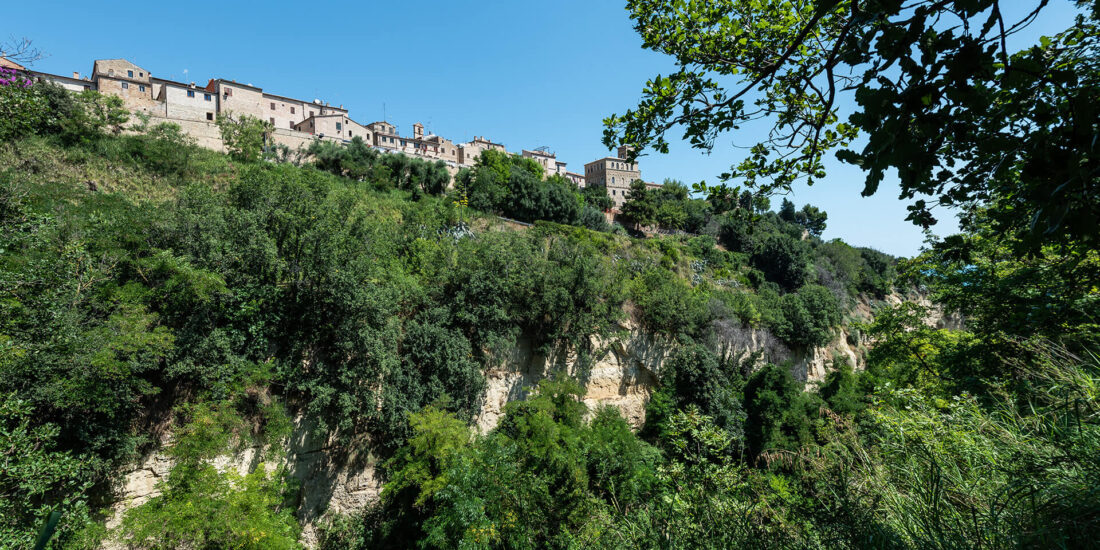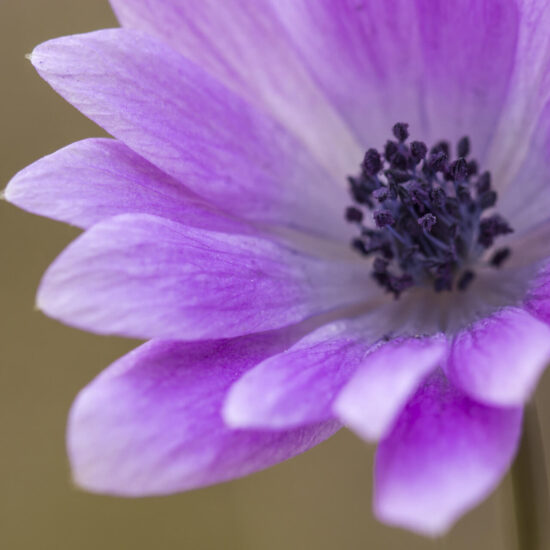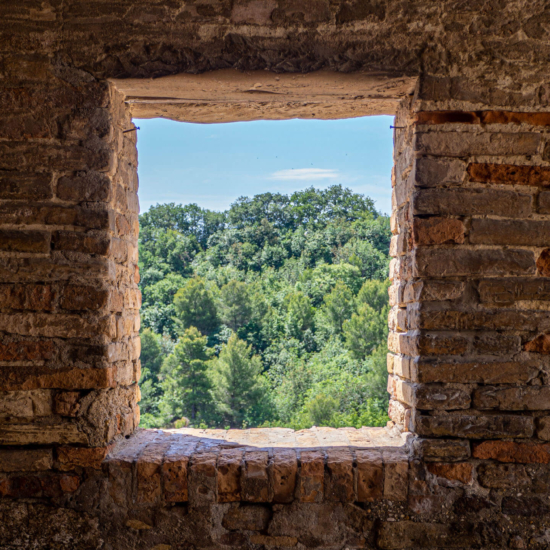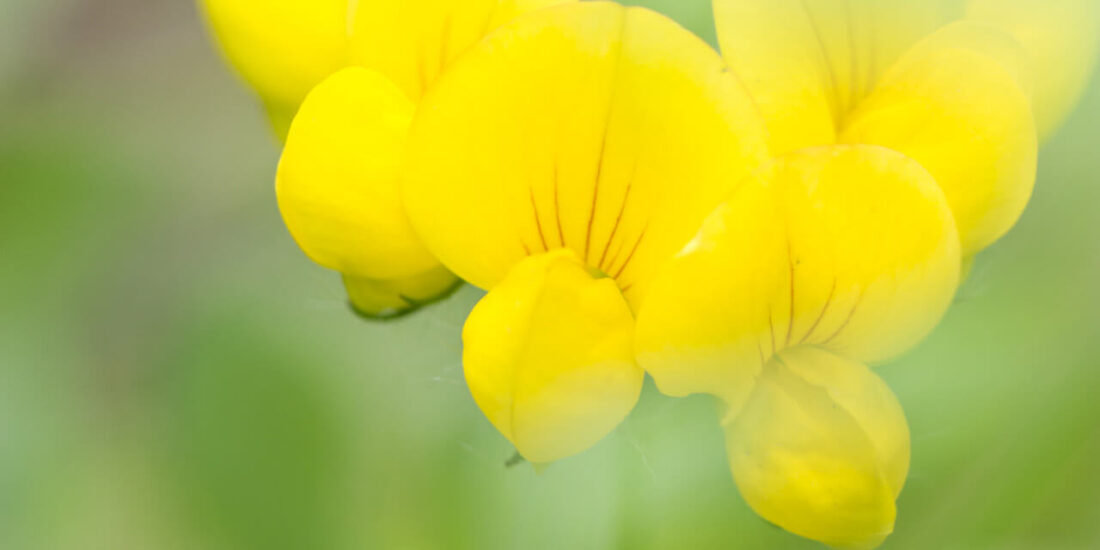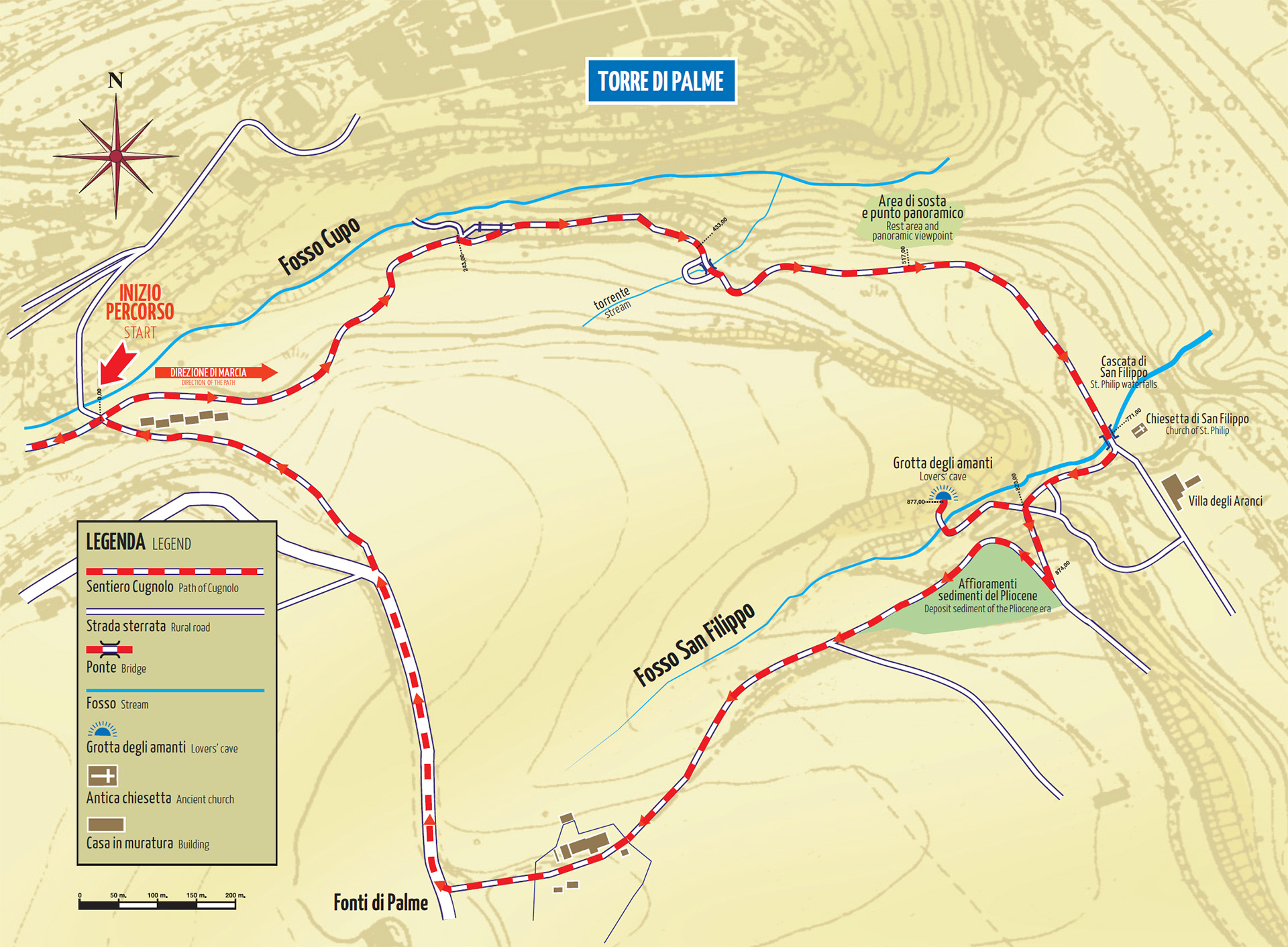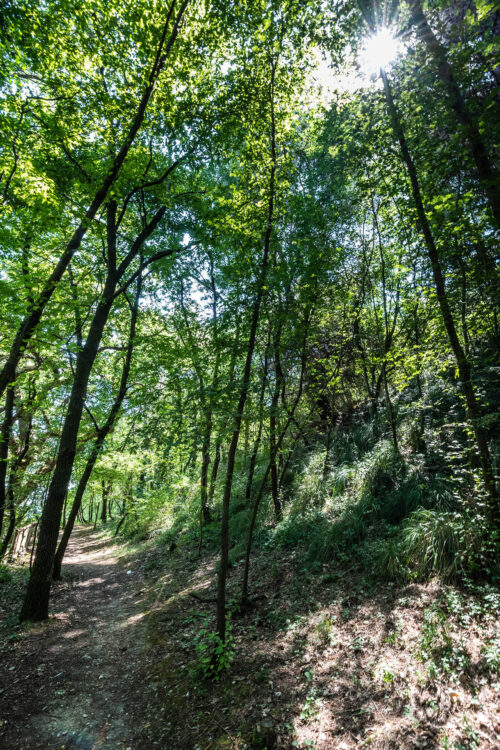The Forest of Cugnolo is a small Mediterranean scrub grove a few hundred meters from the sea. The area is protected for its exceptional botanical and morphological value: in fact, the presence of arbutus, ramno, holm oak and other essences demonstrate this. Do not miss a walk in the woods, which is a short and easy path of about two kilometers, where the luckiest visitors can get to know the eye, the bee-eater, the badger or even the fox.
In the background of the typical village of Torre di Palme integrates the brief walk to Forest of Cugnolo, that winds along a trait of fossil dune from the Pliocene just few meters far from the sea.
The path in the forest, surrounded by the countryside, is protected by Marche Region as protected Floristic Area, as it represents one of the few still intact Mediterranean vegetation’s patches of Marche coast due to the presence of strawberry tree, Italian buckthorn, holm oak and other arboreal species.
The fauna is varied too, with a good biodiversity rate due to the numerous ecological situations that originated in the fossil sands (skunk, badger, fox, Sardinian warbler).
The path has a circular shape and it starts in the parking garage right above the end of the village, on the road to Lapedona and is easily identifiable thanks to the presence of some wooden stakes located by the local CAI section.
It can be covered in about 30 minutes with some ups and downs except for the Lovers’ Cavern, where you can overcome a 5 m long sloping stretch with the assistance of a rope.
The path, large and well-finished, goes down to Fosso di San Filippo and enters the forest dominated by well grown trees and secular oaks, offering suggestive glimpses over Torre di Palme and the cliff from Pliocene. After a few minutes of walk, you will be able to glimpse the see, as if from a fresh and shaded balcony.
The glimpse of the village from the chasm created by the water of Fosso Cupo that in its short path towards the sea made it similar to a canyon created because of the large incline and the easily erodible material of the fossil dune.






